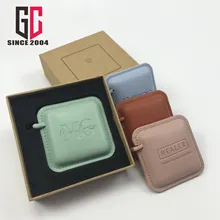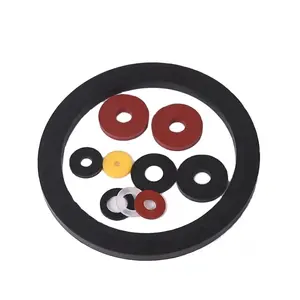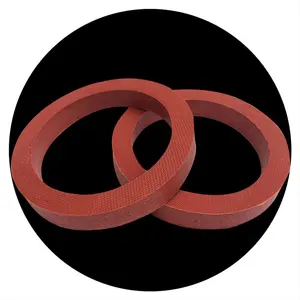Introduction to Round Foam Gaskets
Round foam gaskets serve as critical components across various industries, including automotive, petrochemical, machinery, and more. These gaskets are essential for creating tight seals to prevent leaks of liquids or gases, ensuring the integrity and efficiency of systems.
Materials and Properties
The materials used in the production of round foam gaskets are chosen for their flexibility and durability. Common materials include silicone, rubber, and foam, each selected for its unique properties such as chemical resistance, tensile strength, and compression resilience. These materials contribute to the gasket's ability to maintain a seal under fluctuating pressures and temperatures.
Applications and Uses
Round foam rubber seals are versatile, finding applications in numerous fields. In the automotive sector, they are crucial for engine sealing. The food and beverage industry relies on them for sanitary sealing solutions, while the medical field uses them in various equipment where hygiene and precision are paramount.
Features and Advantages
A key feature of round foam gaskets is their resistance to environmental factors such as ozone, water, and varying temperatures. This makes them suitable for challenging conditions where other materials might fail. Their low-density construction allows for excellent compression without permanent deformation, ensuring a long-lasting seal.
Types of Round Foam Gaskets
The array of gaskets available includes EPDM, neoprene, and PTFE round foam gaskets, each serving specific sealing needs. For instance, silicone gaskets are particularly valued in high-temperature environments, while neoprene gaskets are known for their oil and weather resistance.
Choosing the Right Gasket
Selecting the appropriate round foam gasket requires consideration of the application's specific needs, such as the type of fluids involved, the temperature range, and the required durability. It is crucial to match the gasket material to these demands to ensure optimal performance and longevity of the seal.










































 浙公网安备 33010002000092号
浙公网安备 33010002000092号 浙B2-20120091-4
浙B2-20120091-4